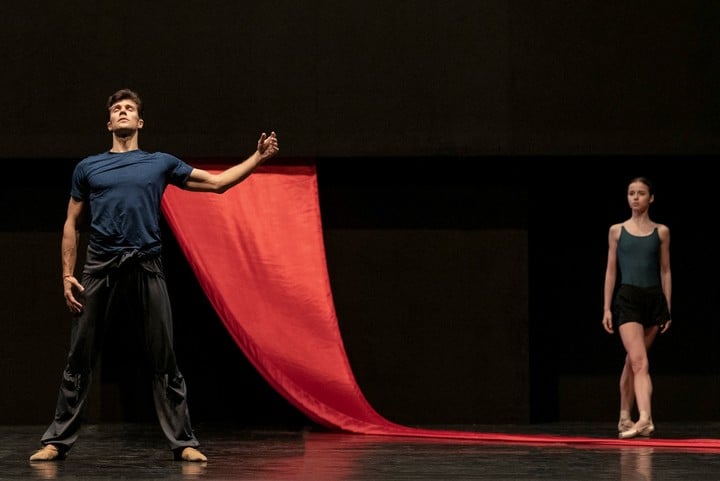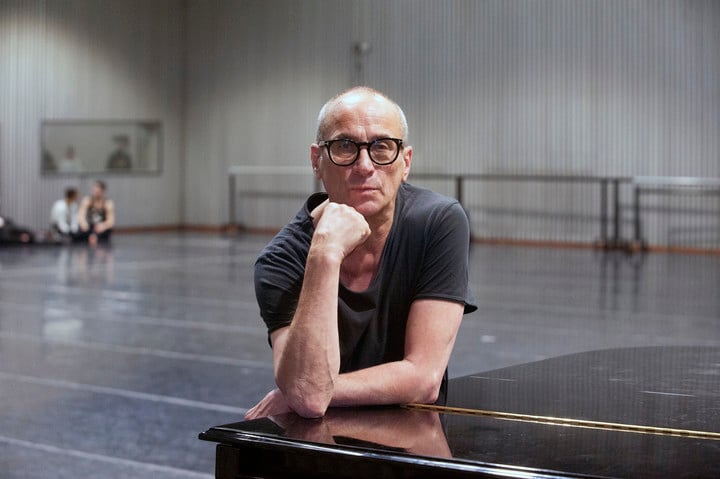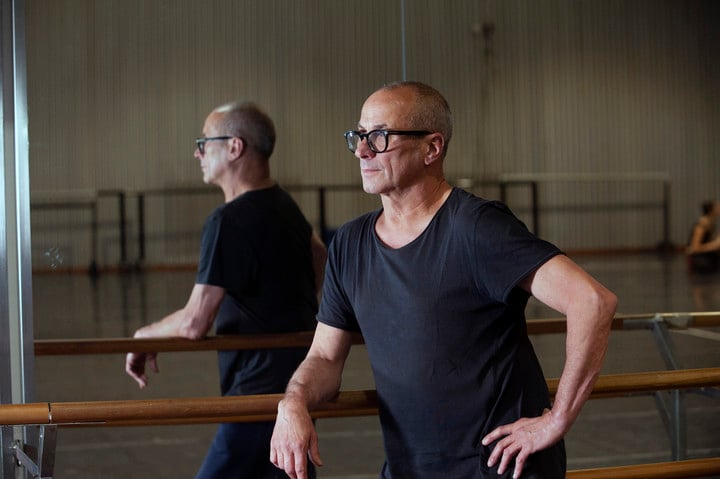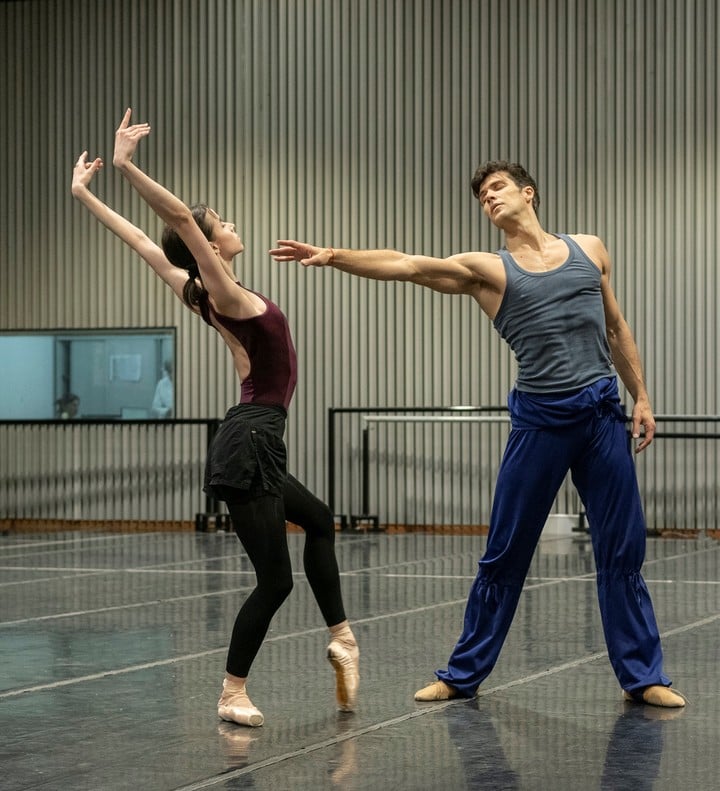This Sunday, May 28, the Teatro Colón Ballet, directed by Mario Galizzi, will stage the play caravaggio a creation of Italian choreographer Mauro Bigonzetti, who originally premiered it in Berlin in 2008.
In 2022 Bigonzetti had mounted with the Contemporary Ballet of the Teatro San Martín his Cantataa very beautiful and extremely festive work inspired by rituals and music from southern Italy.
caravaggioon the contrary, gets into a nebulous character. Michelangelo Merisi, nicknamed Caravaggio after his parents’ birthplace, was an extraordinary painter of the baroque period with a turbulent lifetraversed by tragic events and also full of enigmas.
Why “Caravaggio”
Mauro Bigonzetti felt attracted to Caravaggio since he was a teenager when, parallel to his training at the Rome Opera Ballet School, he studied at an Institute of Arts: “His painting and him as a person entered me like love at first view. Caravaggio was someone separated from the earth; she had a strong connection to the highest things.”
-And this is something that particularly interested you, that is, your relationship with the sacred?
-I have many choreographies linked to sacredness, such as the Divine Comedy, which I did many years ago, inspired by Dante’s poem, with its three parts: hell, purgatory and paradise. The idea of the sacred is in every human being and in all artists there is a connection with spirituality.
Are you referring specifically to God?
-Of course. There is the mystery of life and in the paintings of Caravaggio there are many symbolic elements that allude to God, sacrifice and life and death. Also to the sensuality that was in him.
-What did you choose from Caravaggio to create your work? Situations of his life, his paintings or more symbolic aspects of him?
-It is not a biographical approach, not at all, just a certain “perfume” of his life. On the other hand, there is much mystery in its brief existence; she died when he was around 38 years old and it is not known exactly when or why. It has also been said that he committed some crimes but there is no certainty about this either.
My work does not give answers, but in any case it asks the viewers questions: about their sensuality or about their relationships with men, with women, with their own work.
a turbulent man
-It is known that he had a stormy personality.
And tormented too. caravaggio he introduced something very original: the people he painted were poor peopleeven to carry sacred characters to the fabric.
-In what sense did you say that your work poses questions to the viewer?
-All the work is covered by a feeling of discomfort, because of the terrible thing that is hidden behind the beauty of his paintings.
-It is a very contrasting work with your “Cantata”, which you staged last year with the San Martín Contemporary Ballet.
-They are totally different.
-Even in the dance vocabulary you chose, right? Because “Cantata” has a contemporary language and in “Caravaggio” you leaned towards a neoclassical language.
-The language of a work has no importance for me. My only language is the body and what really interests me is what I say and not how I say it. There are so many dance vocabularies.
And in the case of “Caravaggio” did you think it was necessary for the dancers to wear pointe shoes?
-The pointe shoes allow to give the idea of elevation, to point to the sky. Without them, the impression would be that of being attached to the earth. And on the other hand I originally created this work for the Berlin Opera Ballet, a classical company.
-What do the two main characters represent, which we just saw in the rehearsal of a duet?
The male is Caravaggio himself and the female represents Light. The painter he was greatly admired for his work with chiaroscuro and I use that concept. In his works, light comes from darkness. Light does not exist without darkness and darkness does not exist without light; but it is not a coherent union; It has breaks and continuities.
-Taking these ideas into a dance piece seems like a difficult task, isn’t it?
-Very difficult, especially when it is a classical choreography and with pointe shoes. But it was something that was inside me, I felt it in my blood and on my skin. Not the story of Caravaggio, which no one really knows; what attracted me was the world of him, his imagination and the mystery of him.
Information
Caravaggio opens at the Teatro Colón, this Sunday, May 28 at 5:00 p.m. Russian Maria Khoreva, from the Kirov Ballet, and Italian Roberto Bolle, from La Scala in Milan, will be the first guest dancers. The couple will perform three performances and then the first dancers of the Colón will alternate in the remaining five performances.
WD
The mystery of Caravaggio, in a premiere of the Ballet del Colón




